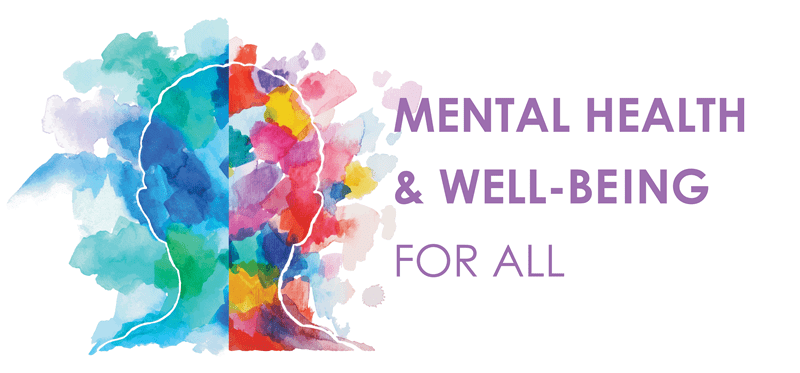Mood Disorders
A mood disorder is an illness that involves the body, mood, and thoughts. It affects the way a person feels about him or herself and even the way they eat, sleep, and think.

Common mood disorders include:
- Clinical Depression
Depression is one of the most common mental illnesses. People who are depressed feel sad, worthless, and empty to the extent that they cannot function effectively. They lose interest in their usual activities, experience a shift in appetite, disturbed sleep and decreased energy. A major depressive disorder is characterized by one or more major depressive episodes (feeling depressed for two weeks or more). - Seasonal Affective Disorder (or SAD, also known as winter depression)
The majority of people who suffer from SAD experience normal mental health throughout most of the year, but experience depressive symptoms during the shorter days of winter. SAD is virtually non-existent in the tropics, as it is related to light, not temperature.- Symptoms (of clinical depression, post-partum depression, dysthymia, and seasonal depression or SAD) can include:
- Persistent sad, anxious, or “empty” mood;
- Feelings of hopelessness and pessimism;
- Feelings of guilt, worthlessness, helplessness;
- Loss of interest or pleasure in hobbies and activities that were once enjoyed, including sex;
- Decreased energy, fatigue, being “slowed down”;
- Difficulty concentrating, remembering, making decisions;
- Insomnia, early-morning awakening, or oversleeping;
- Appetite and/or weight loss or overeating and weight gain;
- Thoughts of death or suicide, suicide attempts;
- Restlessness, irritability;
- Persistent physical symptoms that do not respond to treatment, such as headaches, digestive disorders, and chronic pain.
- Symptoms (of clinical depression, post-partum depression, dysthymia, and seasonal depression or SAD) can include:
- Bipolar Disorder (formerly called Manic-Depressive Illness)
This is marked by dramatic mood swings, with or without a history of major depression. With bipolar 1 disorder, these episodes may or may not be followed by a depressive episode. Bipolar 2 is characterized by major depressive episodes and less severe forms of mania.- Symptoms:
- When in the depressed cycle, an individual can have any or all of the symptoms of a depressive disorder (listed above);
- When in the manic cycle, the individual may be overactive, over-talkative, and have a great deal of energy. Mania often affects thinking, judgment, and social behavior in ways that cause serious problems and embarrassment. For example, the individual in a manic phase may feel elated, full of grand schemes that range from unwise business decisions to sexual sprees. These episodes may last for weeks or months, interfering with relationships and work.
- Symptoms:
It’s important to remember that people with a mood disorder, like others with a mental illness, cannot “pull themselves together” and get better. Appropriate treatment to reduce or manage symptoms can help those experiencing a mood disorder to function at a level where they can enjoy and participate fully in their lives.
The stigma directed at people with mood disorders has a major influence in determining whether a person seeks treatment, takes their medication, or continues with counseling. An attitude of support and encouragement from those around them can help people with mood disorders feel more confident in finding the help they need.
